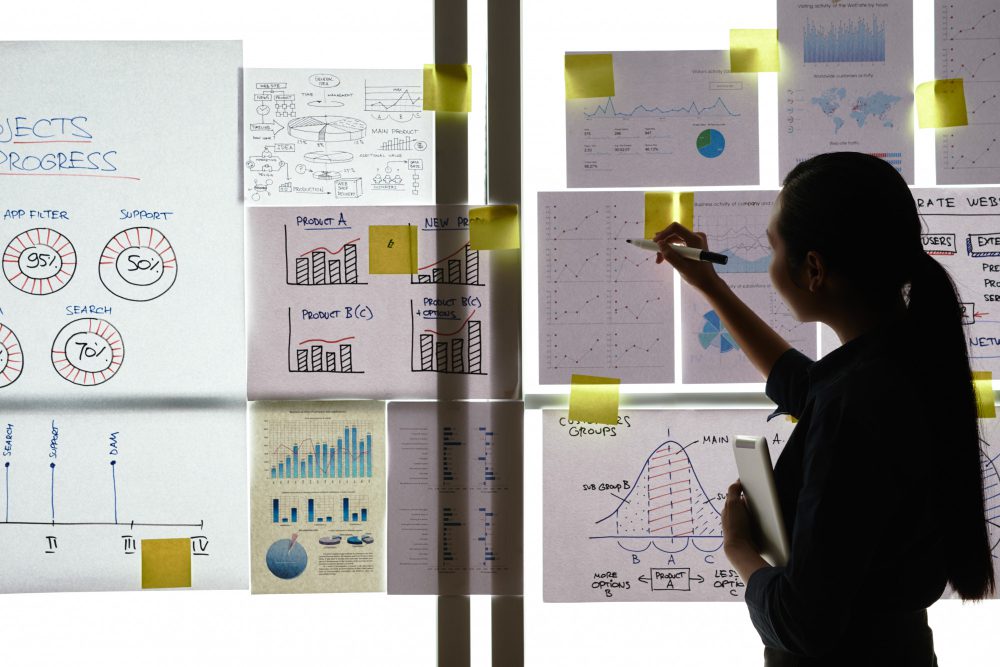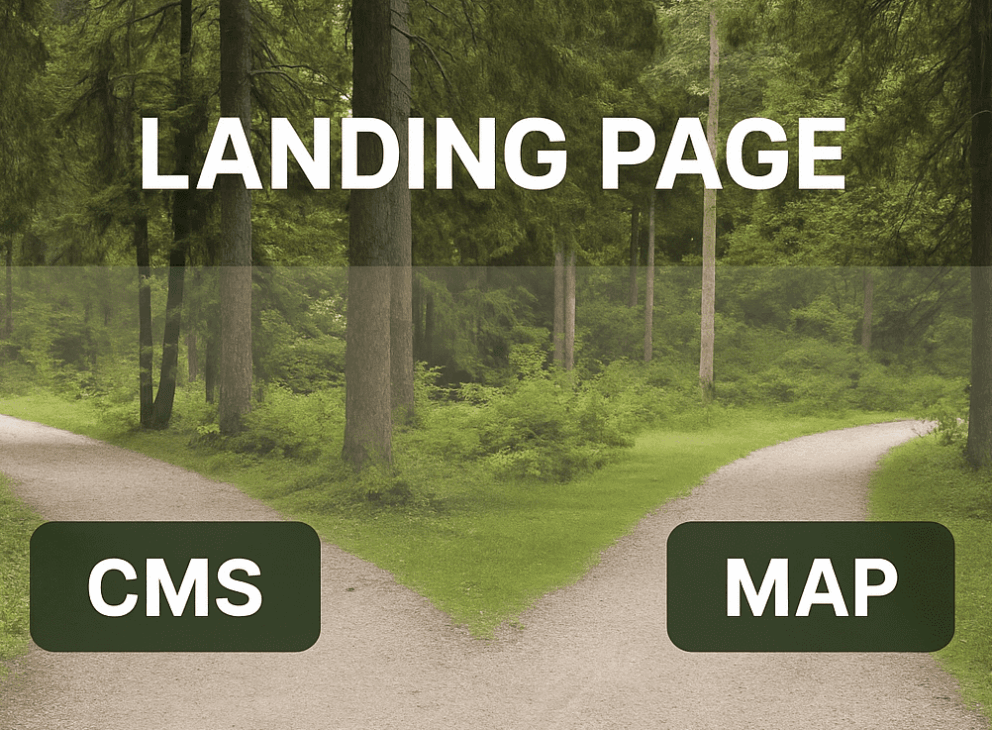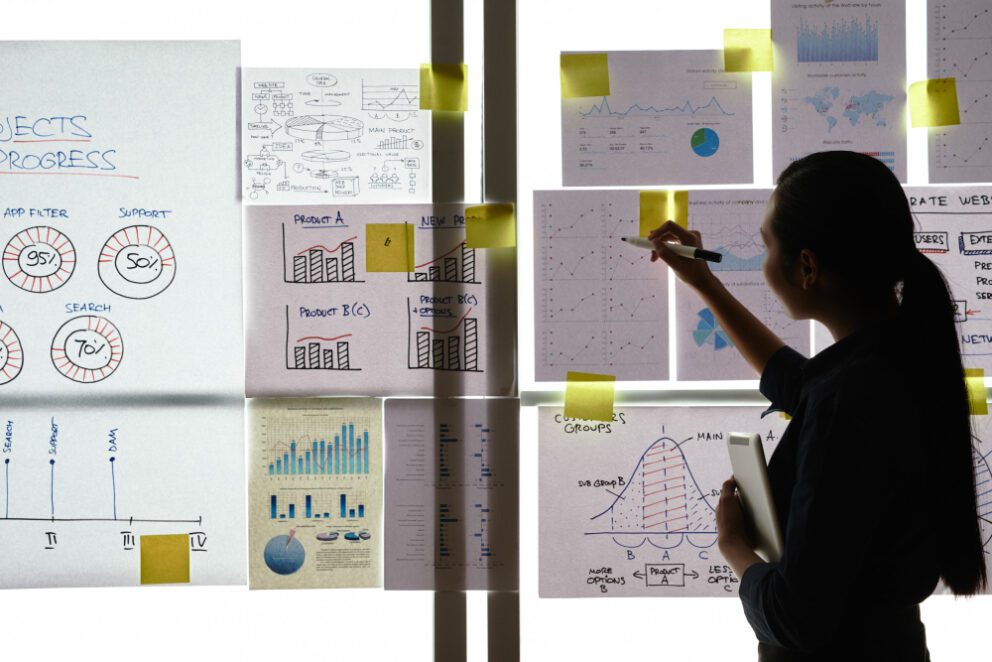Frequently Asked Questions About B2B Marketing Campaign Planning

Summary
Effective B2B campaign planning requires aligning goals, audience, channels, and metrics to drive meaningful outcomes across the funnel. This guide answers 16 of the most common questions marketers face—from choosing the right tactics to measuring ROI and optimizing performance. Whether you're running an awareness push or a pipeline acceleration play, these insights help you plan smarter and execute with confidence.
Planning a successful B2B campaign takes more than creative ideas—it requires strategy, structure, and cross-functional alignment. Whether you’re driving awareness, generating leads, or accelerating pipeline, the right plan can make or break your outcomes.
This blog covers the most frequently asked questions B2B marketers ask when planning a campaign, organized to help you go from strategy to execution.
Strategy & Planning: Laying the Foundation
1. What’s the real goal of your campaign?
Is your focus on brand awareness, lead generation, pipeline acceleration, or customer retention? Start by identifying your primary business outcome—this informs audience, messaging, channels, and budget.
2. What do I need to consider when planning a campaign?
Key considerations include:
- Campaign objectives
- Sales and marketing alignment
- Channel and content fit
- Buyer stage alignment
- Timing and resources
- Lead capture and routing
- Reporting and optimization
3. How do you determine your target audience?
Build Ideal Customer Profiles (ICPs) and identify buying committee roles. Use firmographics (industry, size), technographics (tools), behavioral signals, and intent data to refine who you’re trying to reach.
4. When and how should I segment my target audience?
Segment by:
- Funnel stage (top, mid, bottom)
- Buyer role (economic buyer vs. end user)
- Industry or company size
- Intent level This allows for more tailored messaging, better targeting, and increased engagement across touchpoints.
5. How far ahead should you plan a campaign?
- Simple email or content campaign: 4–6 weeks
- Multichannel or ABM campaign: 8–12+ weeks This includes time for audience building, content development, internal reviews, and tech setup.
Channels & Tactics: Matching Goals to Execution
6. What channels and tactics are best for each campaign goal?
| Campaign Goal | Recommended Channels & Tactics |
| Brand Awareness | LinkedIn ads, webinars, video, blogs |
| Lead Generation | Gated content, Google ads, paid social, webinars |
| Pipeline Acceleration | Case studies, ABM plays, retargeting, 1:1 sales outreach |
| Retention/Expansion | Email nurture, customer webinars, product updates |
7. What channels are most effective for B2B?
- Top Funnel: LinkedIn, Google Display, content syndication, video
- Mid Funnel: Email, content hubs, remarketing, buyer’s guides
- Bottom Funnel: Sales outreach, 1:1 ABM, demos, customer proof
8. Should I run always-on or time-bound campaigns?
- Always-on: Ideal for nurturing, retargeting, inbound programs
- Time-bound: Best for launches, events, sales pushes, and seasonal offers
9. What are ideal run times for time-bound campaigns?
- Short-term pushes (e.g., event promos): 2–4 weeks
- Quarterly sales motions: 6–8 weeks
- Large-scale launches: 8–12 weeks
10. How often should asset offers and creatives be refreshed?
To maintain engagement:
- Refresh ads and creative every 4–6 weeks
- Rotate content offers every 1–2 months depending on performance
- A/B test headlines, CTAs, and formats continuously
Measurement, Budget, and Optimization
11. What metrics should I track for success?
- Top Funnel: Impressions, reach, CTR, engagement rate
- Mid Funnel: MQLs, form fills, content downloads
- Bottom Funnel: SQLs, pipeline generated, win rate
12. How do I measure ROI from a campaign?
Track:
- Marketing-sourced pipeline/revenue
- Multi-touch attribution impact
- Cost per MQL/SQL/Opportunity
- Customer Acquisition Cost (CAC)
- Customer Lifetime Value (CLTV)
13. How does budget impact campaign performance?
More budget enables broader reach, more touchpoints, and quicker optimization. But performance depends on how well your spend is aligned with goals, audiences, and channels. Small budgets can still drive results with focus and precision.
14. How often should I optimize the campaign?
- Weekly: Monitor spend, CTR, CPL, bounce rates
- Monthly: Evaluate lead quality and pipeline contribution
- Quarterly: Adjust based on attribution insights and performance trends
Execution & Collaboration: Making it Happen
15. Who should be involved in campaign planning?
Involve cross-functional partners:
- Marketing: Demand gen, digital, content, marketing ops
- Sales: SDRs and AEs for alignment and messaging input
- RevOps: For lead flow and attribution
- Product or SMEs: For campaign relevance and value props
16. What should a campaign plan include?
A strong campaign plan should outline:
- Goals and KPIs
- Audience segmentation
- Messaging and creative approach
- Channel strategy and content assets
- Timeline and milestone checkpoints
- Lead management and sales follow-up
- Reporting and optimization plan
Final Thoughts
Whether you’re launching a brand campaign, driving mid-funnel engagement, or pushing pipeline across the finish line, strong campaign planning is what separates guesswork from measurable impact. These 16 FAQs offer a blueprint for building more strategic, better-performing B2B campaigns—across every stage of the funnel. Looking for support in building a strong campaign plan, let’s connect for a quick brainstorming session.
Image by pressfoto on Freepik






